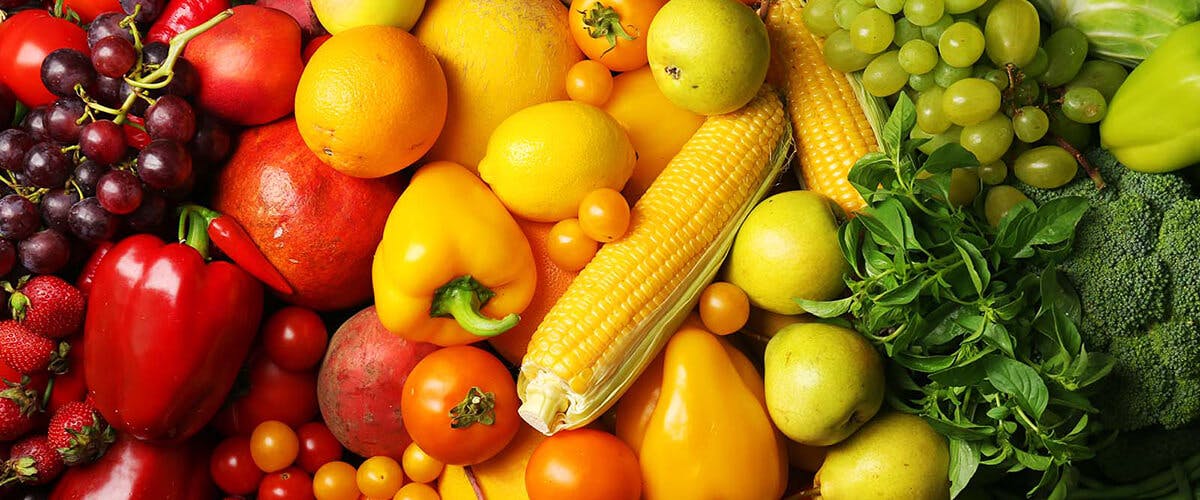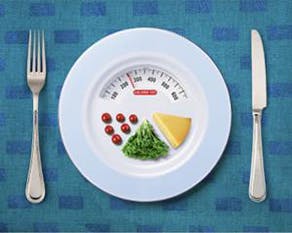Why Vitamin D is Different
HEALTH & WELLNESS
10.21.2014

Vitamin D contributes to bone health by improving the body’s absorption of calcium from foods and supplements and by regulating calcium’s movement into, and out of, your bones. Vitamin D also plays a role in cell growth, muscle, and immune function, and in reducing inflammation.
Vitamin D is Different
Vitamin D is one of the few vitamins your body can make. Production begins in the skin and is triggered by the strong UVB rays in summer sunshine. In theory, you can make all the vitamin D you need for the year (your body stores it for future use) to maintain normal blood levels. Experts disagree on how much summer sun exposure is necessary to make adequate vitamin D, but estimates run from five to 30 minutes between 10 AM and 3 PM at least twice a week.
Many people meet at least some of their vitamin D needs with sun exposure, contributing to adequate vitamin D blood levels, but many people don’t. Several factors affect the level of vitamin D in your blood. You may not have enough vitamin D “on board” if one or more of the following applies to you:

- You cover all exposed skin when outside, or you slather on sunscreen with an Sun Protection Factor (SPF) of 8 and above, which effectively blocks most or all of the rays that begin vitamin D production.
- You don’t consume the suggested daily amount of vitamin D from food, dietary supplements, or a combination of the two. According to the National Institutes of Health Office of Dietary Supplements, people with limited sun exposure should include good sources of vitamin D in their diet or take a supplement to achieve recommended levels of intake.

- You are a person of color. Darker skin contains melanin, a compound that blocks the production of vitamin D in response to UVB rays.

- You’re overweight. The body stores vitamin D in fat tissue. Excess body fat absorbs and holds onto vitamin D, making it unavailable for supporting bone health and its other functions. People who are overweight (Body Mass Index 25+) may need more vitamin D than those with lower BMI to obtain optimal blood levels.

- You’re a senior. As time passes, your capacity for producing vitamin D declines. Older people who stay indoors compound their potential vitamin D deficiency because of limited sunlight exposure.
Get the Vitamin D You Need
Shying away from the sun and wearing sunscreens with a high SPF helps protect skin from cancer and premature aging, but it makes consuming adequate vitamin D through diet and or supplements even more important.
According to the 2015 Dietary Guidelines for Americans, most children and adults consistently come up short for vitamin D in their diets. And, because vitamin D needs increase with age, it’s possible that older people are even more deficient in vitamin D than younger ones.
It’s difficult to get the suggested vitamin D from food alone because so few foods supply naturally-occurring vitamin D. Fortified foods may help you get closer to meeting suggested intakes though diet alone. For example, people ages one to 70 need to consume six, eight-ounce glasses of fortified milk or orange juice every day; about 12 ounces of canned tuna; or a combination of three ounces of mackerel and nearly 18 ounces of fortified yogurt to meet their daily vitamin D requirement needs. Dietary supplements, such as a daily multivitamin, can fill in gaps in vitamin D consumption, helping you to reach your daily goals.
Image Credits: Maridav/Shutterstock.com
Recommended Articles
The 5 Best Foods That Will Help Supercharge Your Brain
Amidst our busy schedule, it's important to retain our focus and memory. Resting alone is not...
Iron deficiency is a lot more common than you would think. A recent survey by SATA CommHealth(i...
Mars vs Venus: Understanding the His and Hers of Nutritional Needs
Mars vs Venus: Understanding the His and Hers of Nutritional Gaps Although their DNAs are...






